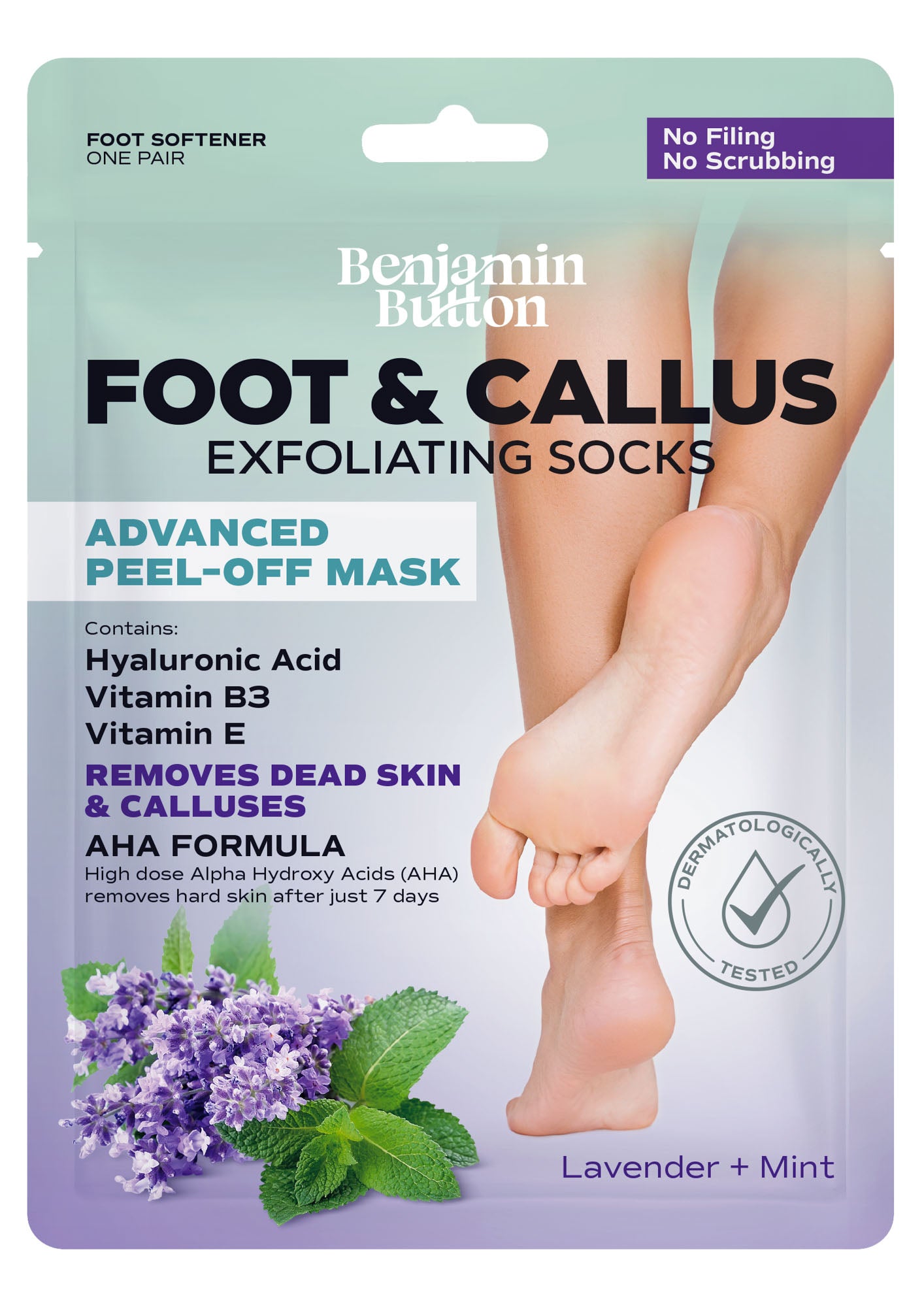Understanding Bladder Pain: UTI vs. Interstitial Cystitis Explained
Bladder pain can be distressing and significantly impact daily life. Two common conditions associated with bladder discomfort are Urinary Tract Infections (UTIs) and Interstitial Cystitis (IC). It is crucial to distinguish between the two to seek appropriate treatment and avoid unnecessary suffering. Here, we will delve into both conditions to provide clarity and understanding.What is a UTI?
A UTI is an infection in any part of the urinary system, including the bladder, urethra, and kidneys. UTIs are predominantly caused by bacteria, though fungi and viruses can also be culprits.Symptoms of UTI
The symptoms of a UTI can vary but often include:- Frequent urination
- Urgency to urinate
- Burning sensation during urination
- Cloudy or strong-smelling urine
- Pelvic pain (in women)
- Lower back pain
Diagnosis and Treatment of UTI
Diagnosis typically involves a urine test to detect the presence of bacteria or white blood cells. Treatment generally consists of:- Antibiotics to eliminate the infection
- Increased fluid intake to help flush the bacteria
- Over-the-counter pain relievers to ease discomfort
What is Interstitial Cystitis (IC)?
Interstitial Cystitis, often referred to as painful bladder syndrome, is a chronic condition characterised by bladder pain, pressure, and persistent urinary urgency. Unlike UTIs, which are short-term infections, IC is a long-standing condition that can be more challenging to diagnose and treat.Symptoms of IC
The symptoms of Interstitial Cystitis can resemble those of a UTI but often last longer and can vary significantly in intensity. Key symptoms include:- Chronic pelvic pain
- Increased urinary frequency (often needing to urinate more than 8 times a day)
- Urgency to urinate
- Discomfort during sexual intercourse
- Symptom flare-ups that can be triggered by certain foods or stress
Diagnosis and Treatment of IC
Diagnosing Interstitial Cystitis often involves ruling out other conditions, such as UTIs or bladder cancer, through various tests including:- Cystoscopy (a procedure to view the inside of the bladder)
- Urinalysis to check for infection or abnormalities
- Bladder diary to track symptoms and frequency
- Dietary changes to identify and avoid trigger foods
- Pain management medications (like tricyclic antidepressants or antihistamines)
- Bladder instillation therapy (medications directly instilled into the bladder)
- Physical therapy for associated pelvic pain
Key Differences Between UTI and Interstitial Cystitis
While both conditions can cause bladder pain and urinary symptoms, the critical distinctions lie in their causes, duration, and management strategies.Cause and Duration
- UTIs> are **primarily** caused by bacterial infections and are typically acute, meaning they have a defined beginning and end with treatment. - Interstitial Cystitis is considered a chronic condition, with no identifiable infection present. Symptoms can persist for months or even years.Treatment Approach
- **UTIs** usually respond well to a short course of antibiotics and can be resolved quickly. - **Interstitial Cystitis** requires a more complex, multifaceted treatment approach, often involving lifestyle changes and ongoing management strategies.Living with Bladder Pain
Bladder pain, whether from a UTI or Interstitial Cystitis, can be taxing both physically and emotionally. It is vital to seek **medical assistance** to obtain a proper diagnosis. Persistent symptoms should not be overlooked.Self-Care and Management
For both conditions, certain self-care strategies can help alleviate symptoms:- Stay hydrated - Drinking plenty of water can help dilute urine and reduce irritation.
- Avoid irritants - Common triggers include caffeine, alcohol, spicy foods, and acidic fruits.
- Practice relaxation techniques - Stress can aggravate symptoms, so consider yoga or meditation as coping strategies.
Understanding the differences between UTIs and Interstitial Cystitis allows individuals to advocate for their health effectively. Awareness can lead to timely diagnosis and suitable treatments, ultimately improving one’s quality of life.
Regardless of the source of bladder pain, approaching it with knowledge and a clear management plan will empower you to regain control and move forward.





















